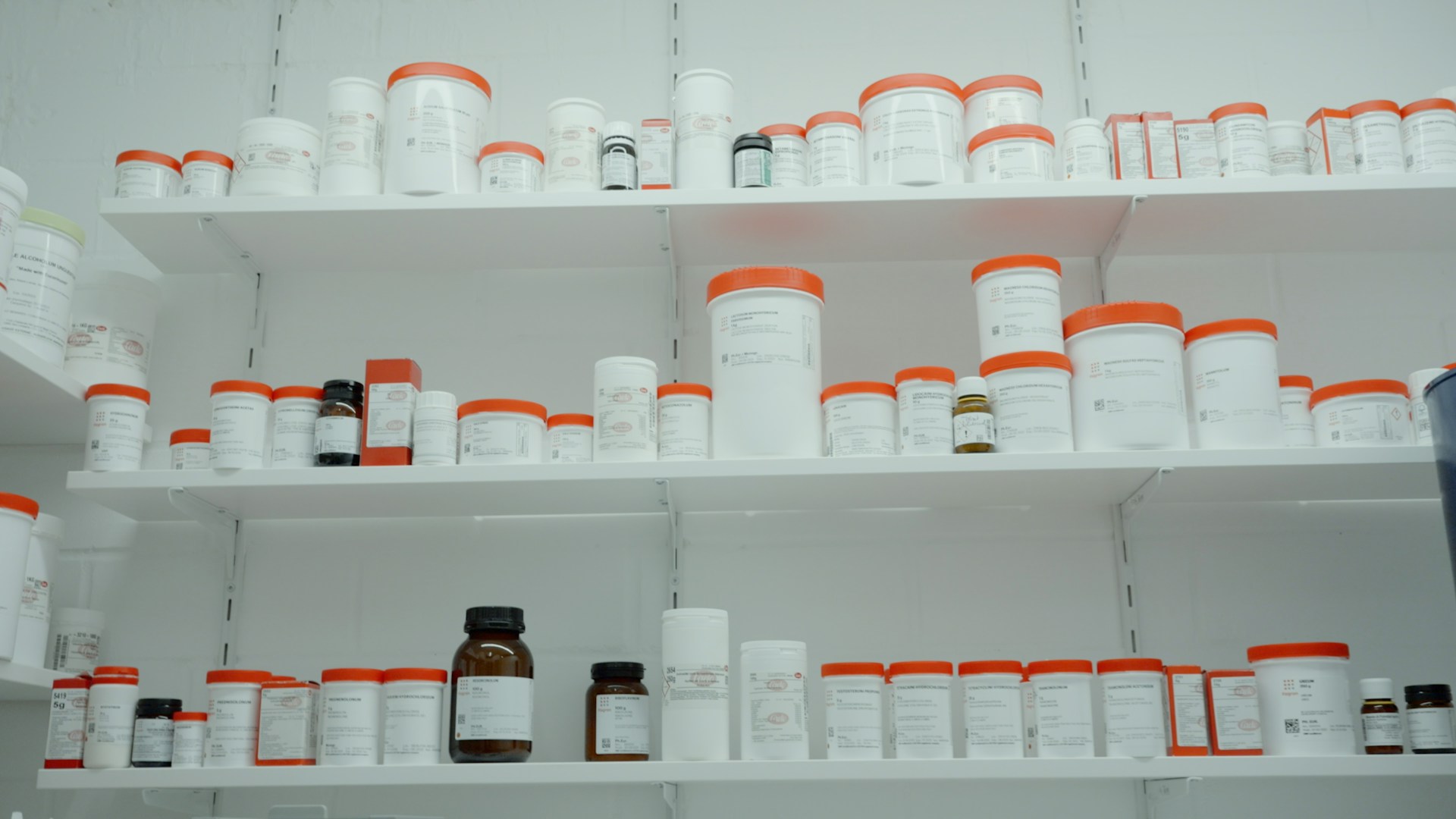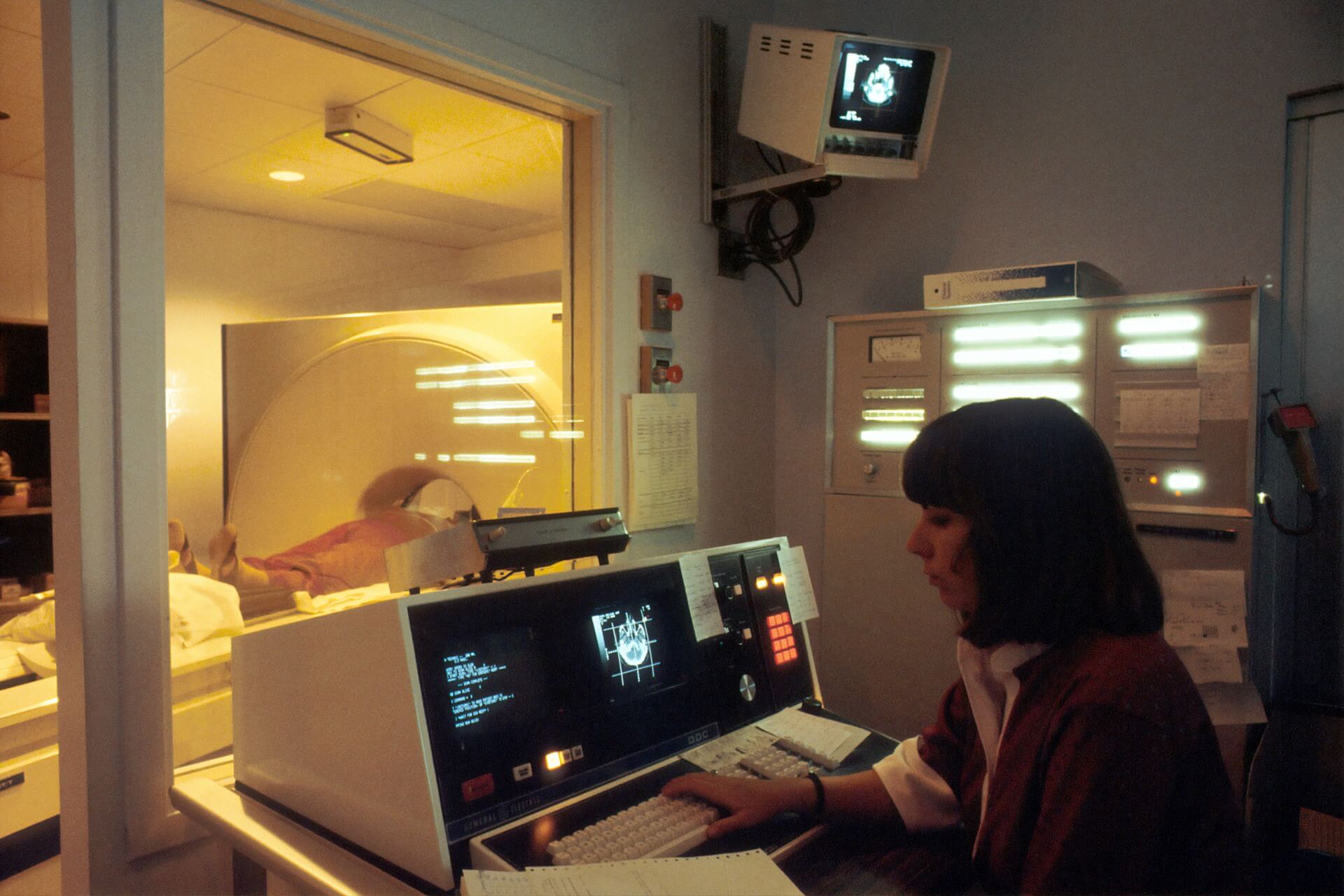
Biotechnology Downstream Processing in Action
June 6, 2023 - Emily Newton
Revolutionized is reader-supported. When you buy through links on our site, we may earn an affiliate commission. Learn more here.
Biotechnology is full of jargon, but some of the most compelling insights into humanity are underneath it. Biotechnology downstream processing (DSP) is one method that provides humans with strategies for improved health care and more profound wisdom on biological processes. How does the practice work, and where do people outside the science sector see it?
What is Downstream Processing?
Downstream processing is most commonly discussed in pharmaceuticals. It is about obtaining valuable materials that are byproducts of biosynthesis. Bioengineers edit substrates within animal and plant tissue to create more molecules.
To make products, those materials have to get purified for commercial use. Sometimes, people talk about it in the same breath as analytical bioseparation, but this is for more academic research purposes for single-cell analysis and non-commercial applications.
It differs from upstream processing, where people make no manipulations to the product. It primarily focuses on identification and the beginning stages of preparing the end product. It’s time for them to determine what proteins or molecules they need to cultivate and the best way to foster their growth for that end product. Biotechnicians now analyze the cell cultures and count them to see how much they can gain and formulate from the group.
What Are the Stages of Downstream Processing?
DSP is a multistage process that includes some or all of the following in combination with each other:
- Separating solids and liquids: Bioengineers must move whatever contains the product they want away from other matter through sedimentation, flotation or UV light. This phase is also known as harvesting, and it’s the first time bioengineers can see how much they will yield from the process.
- Isolating intracellular products: After separating solids and liquids, the desired outcome — usually a vitamin or enzyme — is taken away from the fluid through filtration or shock that disturbs the cells. This step is also called the capture phase.
- Concentration: Taking the product out of the water doesn’t mean it doesn’t still contain water. Evaporation is the easiest way to remove these barriers to obtaining the desired result. It usually involves removing the majority of what’s left.
- Purification: The water is out, but the product might still be contaminated. Chromatography is the go-to method for bioengineers because the end product is easy to work with. Polishing or sterilization may be an additional step to remove dangerous viruses or influences.
- Formulation: Now that the desired product is safe and distilled, it can transform into a marketable product that makes sense for pharmaceuticals. The transitions make the drug substance into a drug product through formulation.
What Are Its Challenges in Biotechnology?
In short, these steps form antibiotics and other medicines for consumers. When a substance becomes a product, bioengineers can choose the dosage of the medication and insert other additives if they want to improve its functionality.
Because the technology is so precise, they can harness the power to manufacture small-batch, niche drugs, and widely used medicines on small and large manufacturing scales. While this is an option, choosing small-batch, precision medicines are not always viable, despite how much they help a target population. The money isn’t always there, and the medical and manufacturing industry is trying to find a way to bridge that gap.
It’s also the time to ensure it’s safe through various testing mediums, such as:
- Toxins
- Microbiological factors
- Allergens
- Pyrogens and other bacteria
- Carcinogens
Most medicines contain warnings and side effects that could impact human health based on how they go through DSP. However, most drugs go through rigorous verification to ensure safety. Besides, the more potent the molecule, the more intensive the testing and compliance are for performing the DSP in the first place. Yet, it must comply with manufacturing multiple drugs simultaneously because most enterprises can’t operate from a single product nowadays.
There is also an environmental concern with the rise of disposable tools. Single-use chromatography, for example, allows companies to not worry about cross-contamination and poor cleaning practices. They can work on several projects at once without sacrificing productivity, but what happens to all of that MedTech just littering trash cans? Is it more responsible for teaching bioengineers better sanitation practices with multi-use products and investing in R&D to discover new ways to prevent accidents like cross-contamination?
How Have Humans Improved DSP?
Biologists, engineers, and medical experts have tried and tested purification and separation methods for years to find the cheapest and most productive ways to extract these priceless materials, even though they come in such small quantities.
The health care and engineering sectors are flooding with new technologies. It’s been years since they’ve had such a massive wave of advancement. With artificial intelligence (AI), cloud technology and Internet of Things (IoT) devices assembling intrigue, the industry should prepare for a dramatic shift in how biotechnology downstream processing happens. The sector already leverages sensors for purification and filtering, so why not add a few more? Biomanufacturing has improved with Industry 4.0 — and soon to be Industry 5.0 — boons.
Better water purification is at the top of the list. Imagine remote controlling water purification and automating several phases of the DSP process. Data gathering is another benefit of this setup, especially when environmental concerns and process discovery are at the top of mind with most companies nowadays.
Another advancement is better chromatography techniques. Instead of products locked into a specific system, they’re becoming more versatile. New chromatography gives bioengineers options on how they want to target products with resin.
Mastery of these steps and the processes unique to each phase could garner higher-quality materials in more significant quantities — techniques bioengineers have attempted to perfect for ages.
Biotechnology Downstream Processing in Health Care
Medicine is improving daily, especially as biotechnology downstream processing advances for greater precision and purification. Biopharmaceuticals are starting to maximize and optimize Industry 4.0 processes to make medicine more accessible and inexpensive. The better the machine, processes and technologies there are, the more doctors and hospitals can treat patients with the world’s top medications.
Revolutionized is reader-supported. When you buy through links on our site, we may earn an affiliate commission. Learn more here.
Author
Emily Newton
Emily Newton is a technology and industrial journalist and the Editor in Chief of Revolutionized. She manages the sites publishing schedule, SEO optimization and content strategy. Emily enjoys writing and researching articles about how technology is changing every industry. When she isn't working, Emily enjoys playing video games or curling up with a good book.







